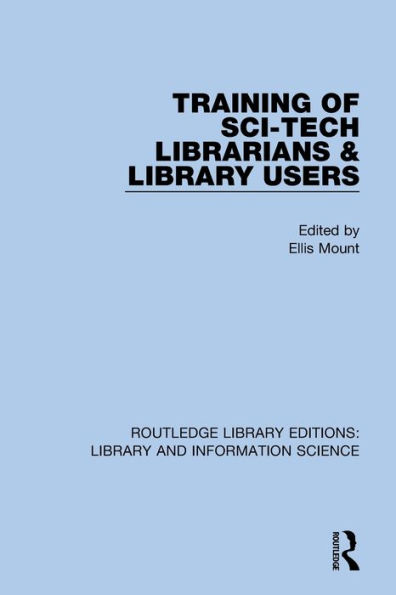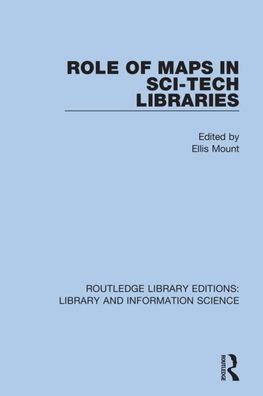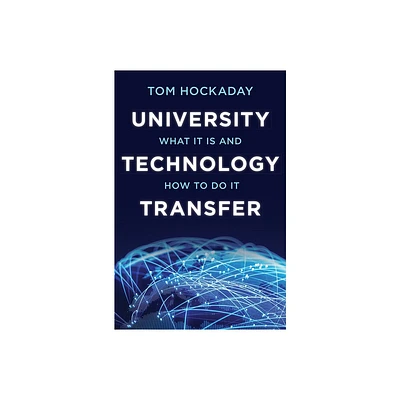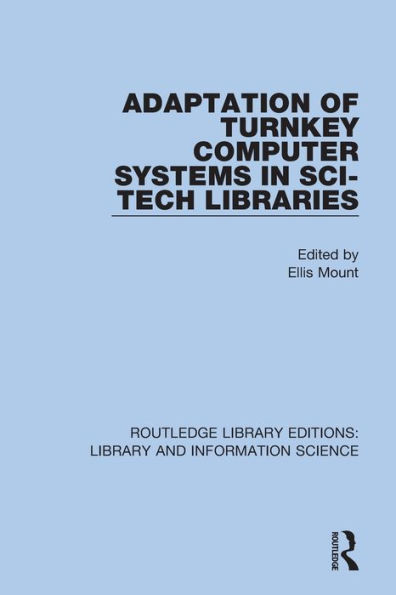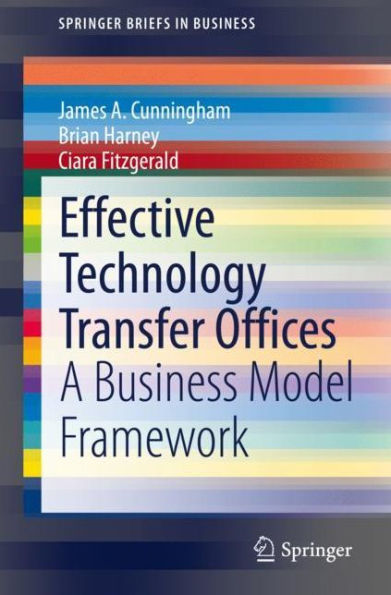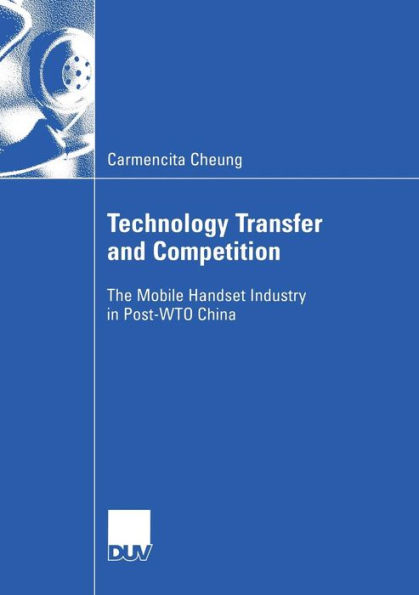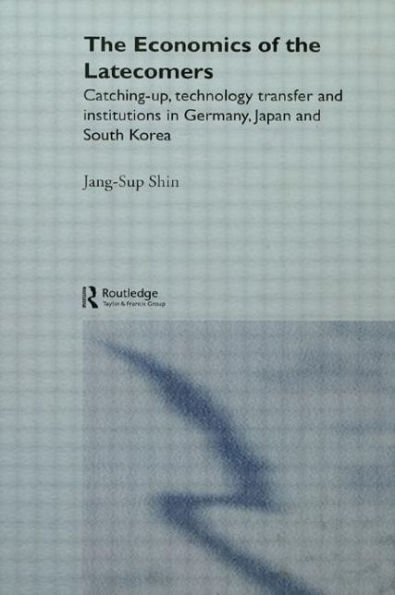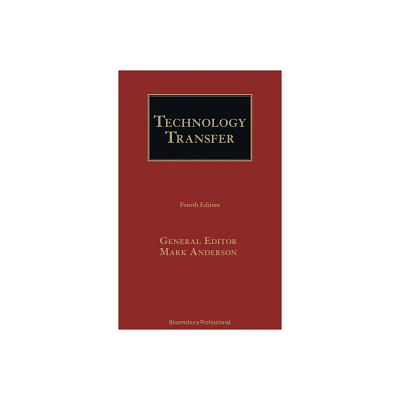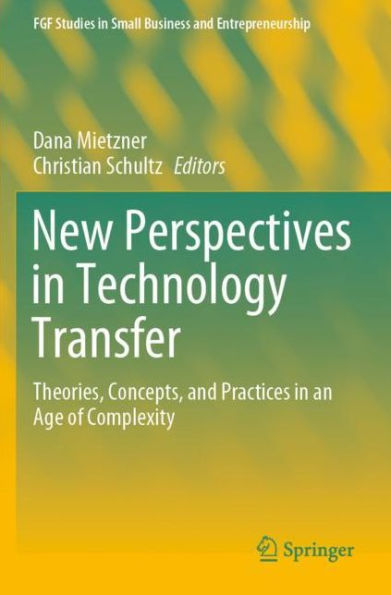Home
Technology Transfer: the Role of Sci-Tech Librarian
Loading Inventory...
Barnes and Noble
Technology Transfer: the Role of Sci-Tech Librarian
Current price: $26.95
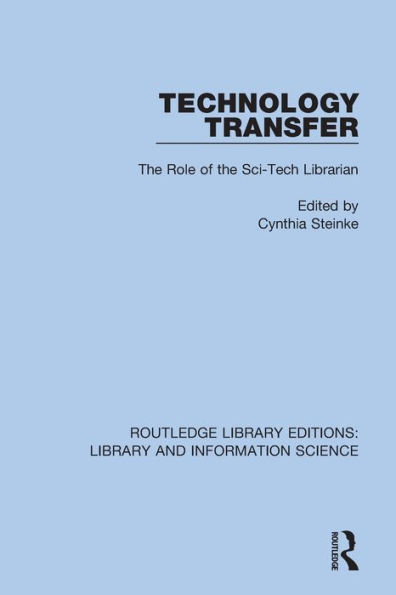

Barnes and Noble
Technology Transfer: the Role of Sci-Tech Librarian
Current price: $26.95
Loading Inventory...
Size: Paperback
*Product Information may vary - to confirm product availability, pricing, and additional information please contact Barnes and Noble
As automation and competitiveness between companies and countries grows, the need for the speedy research and delivery of information is becoming greater than ever before. Defining technology transfer as ‘the process of getting technical knowledge, ideas, services, inventions, and products from their origin to wherever they can be put to practical use’, this book, first published in 1991, explores the role of the information specialist in the technology transfer process. It brings together discussions from information mediaries associated with federal information centres, academic research institutions, and a large metropolitan public library.
Agencies and organizations at the federal, state, and local level that are involved in and responsible for technology transfer programs are described in a who's who section of the volume, and the system for the distribution of information at NASA is covered in detail, this being considered by some to be the birthplace of the technology transfer concept. The various regional NASA Industrial Application Centers are also identified, and the numerous print and online services available are noted as well. Other topics covered include the use of technology transfer in agricultural programs to improve U.S. competitiveness in the global marketplace and how the large public library can promote technology transfer by acting as important centres for information transfer and research.
Agencies and organizations at the federal, state, and local level that are involved in and responsible for technology transfer programs are described in a who's who section of the volume, and the system for the distribution of information at NASA is covered in detail, this being considered by some to be the birthplace of the technology transfer concept. The various regional NASA Industrial Application Centers are also identified, and the numerous print and online services available are noted as well. Other topics covered include the use of technology transfer in agricultural programs to improve U.S. competitiveness in the global marketplace and how the large public library can promote technology transfer by acting as important centres for information transfer and research.
